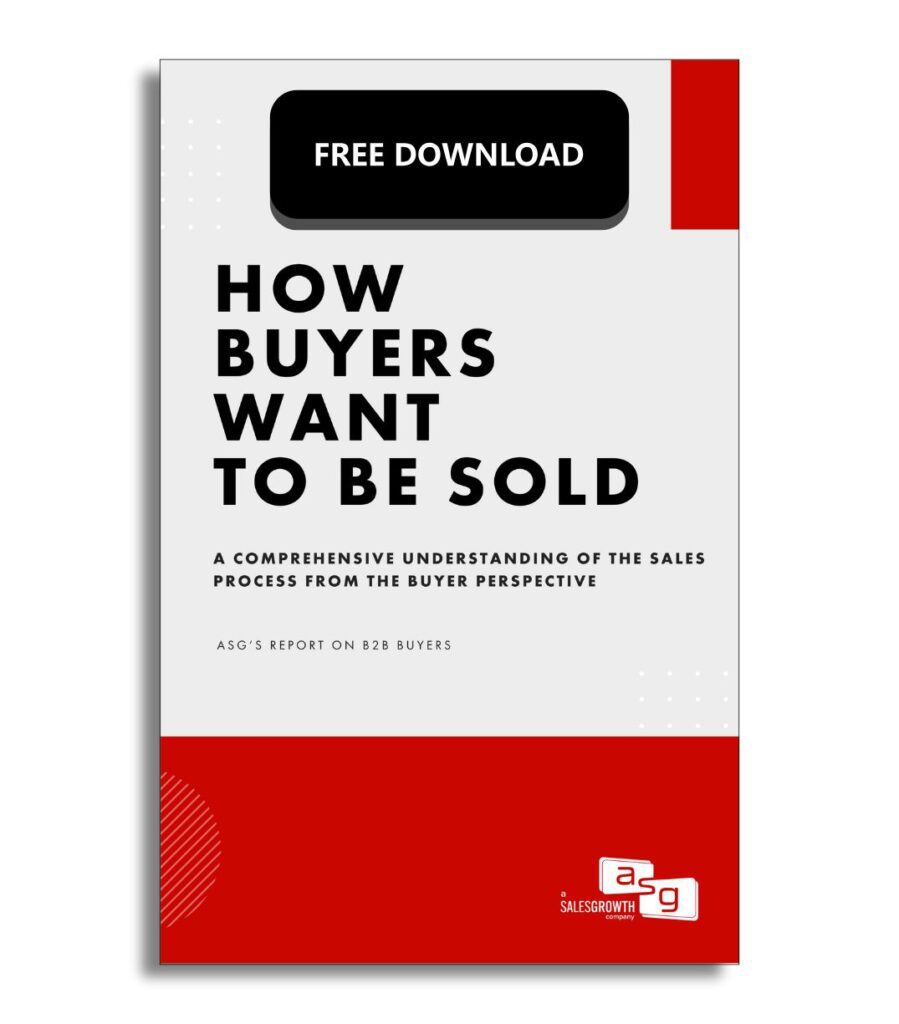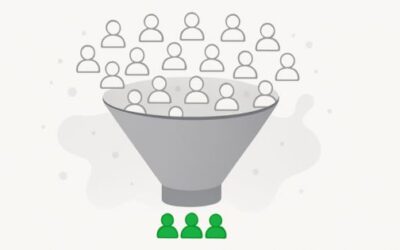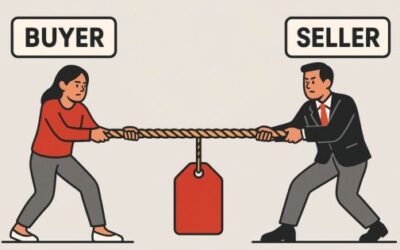Tesla’s Model Y costs about $20,000 more than comparable electric SUVs, yet they delivered over 1.2 million units in 2023. Competitors have slashed prices and offered incentives while Tesla maintains the premium price. And you know what? They keep selling.
It’s the same story we’ve seen with Apple, Whole Foods, and other premium brands. Price doesn’t seem to matter to their buyers at all. So why do we keep losing sales on price?
There are only 2 things happening if you’re losing sales because of price:
- You’re selling to the wrong people/companies
- You’re doing a terrible job selling
That’s it. Any other reason is just noise, I promise.
It’s tempting to blame the market, the economy, or competitors. But, in almost every market, someone is successfully selling at a premium price point. The difference likely isn’t their product, it’s who they’re targeting and how they’re selling.
Two Core Problems When Losing Sales
Targeting the Wrong Customer Segment
Tesla isn’t trying to sell the Model Y to everyone looking for a family SUV. Apple isn’t targeting budget conscious smartphone users. These companies know exactly who their products are for and, most importantly, who they’re not for.
The Vision Pro from Apple launched at $3,499. Nearly 10 times more expensive than Meta’s Quest 3. How can Apple do this? They’re not competing with Meta. They sell to early adopters and professionals who value innovation over price. They’re not losing sales, they’re deliberately excluding price sensitive segments.
Your Sales Skills Need Work
This is a harder pill to swallow, but it’s usually the bigger problem.
If you’re constantly losing sales on price or getting into lengthy price discussions you’re failing at a critical task: demonstrating the value that justifies the price point. What do I mean by this:
- Prospects can’t see how your solution will impact their bottom line
- Prospects cant see the difference between your product and cheaper alternatives
- You lead with features instead of business outcomes
Successful premium sellers sell transformations. Apple isn’t selling laptops, they’re selling creative and professional excellence. Rolex isn’t selling watches, they’re selling generational legacy and achievement. Peloton isn’t selling stationary bikes, they’re selling lifestyle transformations and elite community.
Know who your best customers are
Rolex doesn’t waste time trying to convince a Timex wearer to stretch their budget, the focus exclusively on customers who value timepieces.
Rolls Royce stopped showing cars at car shows, instead they started showing them at private jet shows. Why? The average car show attendee can’t afford a Rolls Royce and isn’t in the market for one. But, someone in the market for a $15 million private jet? A car that costs 300k is nothing for them.
Target Better
Look at your last 10 most profitable deals. What do these customers have in common? Identify which customers renewed without negotiating on price. Find patterns in companies that have implemented your solution successfully. Find the customer who values what you offer.
Sell Better
Stop talking about features until you understand the root causes that the features will fix and how they will impact the business and alleviate the business problems the customer is suffering from. Position the price as an investment and not a cost by demonstrating of the cost of not solving the problem outweighs the price.
Bottom Line
If you’re losing sales on price, you likely don’t have a pricing problem – you have a value communication or a targeting problem. Fix these before you make a price adjustment.




0 Comments